The Vietnam Road Administration submitted to the Ministry of Transport for approval the investment policy to upgrade three routes in the Mekong Delta region: National Highway 53, National Highway 62 and National Highway 91B.
According to the Vietnam Road Administration, the investment in upgrading will use World Bank (WB) loans. The implementation period is 4.5 years after the funding agreement takes effect.
Specifically: For National Highway 53, the Vietnam Road Administration proposed upgrading the Nga Tu bridge (Km 7+820 - Km 8+730); the Long Ho - Ba Si section (Km 11+295 - Km 56+180), including building a new bypass of Vung Liem and Cang Long towns, approximately 17.3km long. The investment length is approximately 41km in Vinh Long and Tra Vinh provinces.
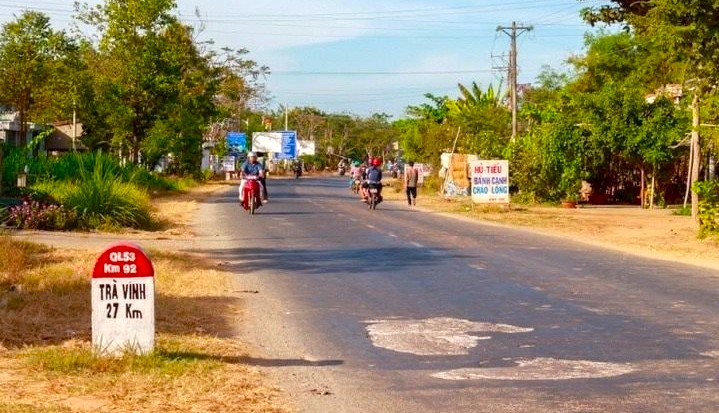
A section of National Highway 53 through Tra Vinh province.
The upgraded and renovated sections will meet the standards of a grade III plain road, with a design speed of 80km/h; the roadbed cross-section is 12m wide, the road surface is 11m wide, including 2 lanes, 2 lanes for rudimentary vehicles and 0.5m wide shoulders on each side.
For National Highway 62, the starting point is expected to be at Km 4+200 (intersection with Ho Chi Minh City - Trung Luong Expressway), the ending point is expected to be at Km 74+000, including the construction of a new bypass route to Tan Thanh town, approximately 8km long. The investment length is approximately 69km in Long An province.
The route is upgraded and renovated to meet the standards of a grade III plain road, with a design speed of 80km/h. The cross-section of the roadbed is 12m wide, the road surface is 11m wide; the sections that have met the scale are kept as they are and the road surface is reinforced.
For National Highway 91B, the Vietnam Road Administration proposed upgrading the section Km 2+604 (Can Tho Bridge 5-way intersection) - Km 143+480 with an investment length of about 141km, in Can Tho city, the provinces of Hau Giang, Soc Trang and Bac Lieu.
The route is upgraded and renovated to meet the standards of a grade III plain road, with a design speed of 80km/h. The cross-section of the roadbed is 12m wide, the road surface is 11m wide; the sections that have met the scale are kept as they are and the road surface is reinforced.
The preliminary total investment is about 9,297 billion VND, equivalent to about 385 million USD. Of which, the WB loan capital of about 262 million USD is used for items such as construction costs, equipment before tax; construction supervision consulting costs; contingency costs for the above items. The counterpart capital of about 2,975 billion VND is used for items such as project management costs, construction investment consulting, other costs; site clearance costs and taxes and fees.
The Department of Roads said that compared to the project proposal approved in Decision No. 646 dated June 7, 2023, the pre-feasibility study report basically maintains the same scope, scale, and route as the approved project proposal, but the preliminary total investment increased by about VND 2,139 billion.
The reason is the increase in construction costs of more than VND 956 billion. In the project proposal step, construction costs are calculated according to the investment capital rate announced by the Ministry of Construction in Decision No. 65 dated January 20, 2021. In the investment policy step (pre-feasibility study report preparation), construction costs are calculated according to the preliminary design volume and unit prices of materials, labor, and machinery at the present time.
Increase site clearance costs to VND 840 billion. In the project proposal step, site clearance costs are calculated according to the land price framework of localities in 2021. In the investment policy step, site clearance costs are calculated based on land unit price decisions, related items newly issued by localities and documents recommending unit prices applicable to the Project by localities.
According to the Vietnam Road Administration, the project investment aims to improve traffic capacity, meet increasing transportation needs, shorten the time for transporting goods and passengers, ensure traffic safety, gradually complete the road traffic network connecting the region to adapt to climate change, contribute to promoting socio-economic development, and ensure national defense and security in the Mekong Delta region.
Source: https://www.baogiaothong.vn/dau-tu-gan-9300-ty-dong-nang-cap-3-tuyen-quoc-lo-o-dong-bang-song-cuu-long-192250124164402393.htm



![[Photo] President Luong Cuong presents the decision to appoint Deputy Head of the Office of the President](https://vphoto.vietnam.vn/thumb/1200x675/vietnam/resource/IMAGE/2025/5/8/501f8ee192f3476ab9f7579c57b423ad)
![[Photo] National Assembly Chairman Tran Thanh Man chairs the meeting of the Subcommittee on Documents of the First National Assembly Party Congress](https://vphoto.vietnam.vn/thumb/1200x675/vietnam/resource/IMAGE/2025/5/8/72b19a73d94a4affab411fd8c87f4f8d)
![[Photo] General Secretary concludes visit to Azerbaijan, departs for visit to Russian Federation](https://vphoto.vietnam.vn/thumb/1200x675/vietnam/resource/IMAGE/2025/5/8/7a135ad280314b66917ad278ce0e26fa)
![[Photo] Prime Minister Pham Minh Chinh meets with the Policy Advisory Council on Private Economic Development](https://vphoto.vietnam.vn/thumb/1200x675/vietnam/resource/IMAGE/2025/5/8/387da60b85cc489ab2aed8442fc3b14a)
![[Photo] General Secretary To Lam begins official visit to Russia and attends the 80th Anniversary of Victory over Fascism](https://vphoto.vietnam.vn/thumb/1200x675/vietnam/resource/IMAGE/2025/5/8/5d2566d7f67d4a1e9b88bc677831ec9d)






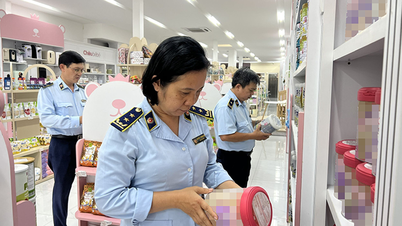

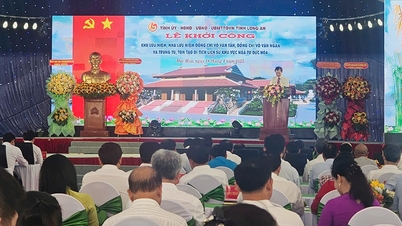

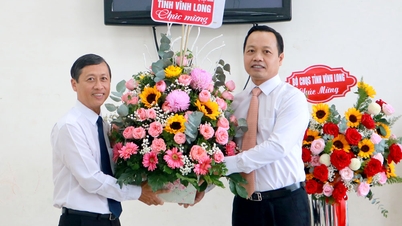

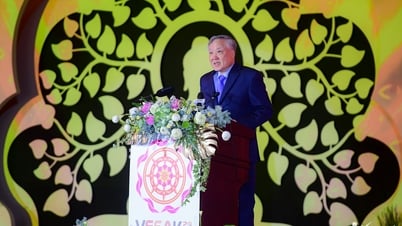


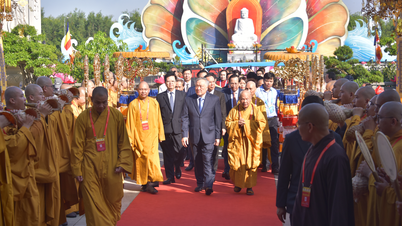

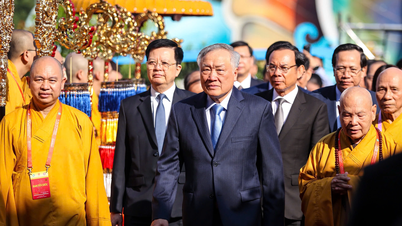




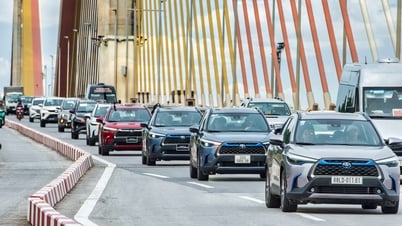

























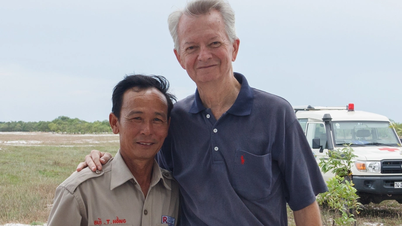











![[Photo] Prime Minister Pham Minh Chinh talks on the phone with Singaporean Prime Minister Lawrence Wong](https://vphoto.vietnam.vn/thumb/402x226/vietnam/resource/IMAGE/2025/5/8/e2eab082d9bc4fc4a360b28fa0ab94de)
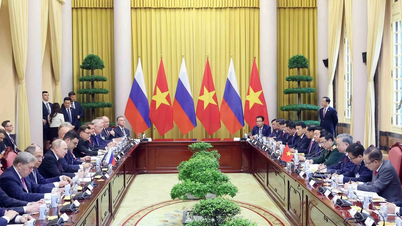

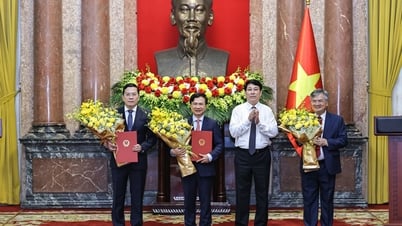






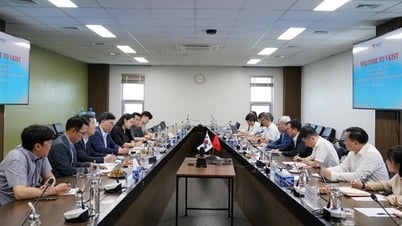


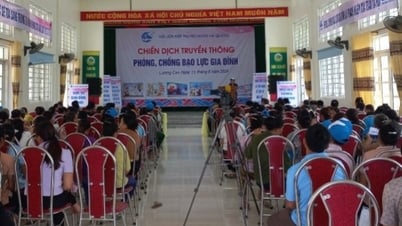

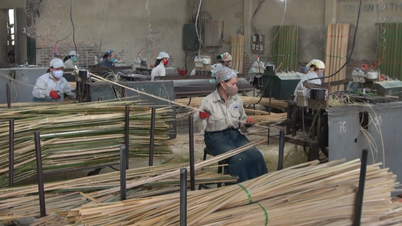
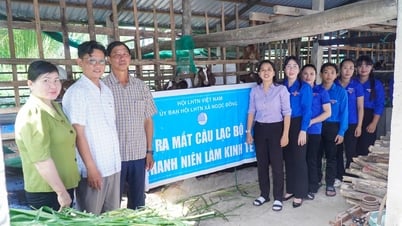



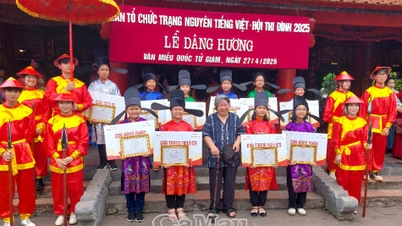












Comment (0)